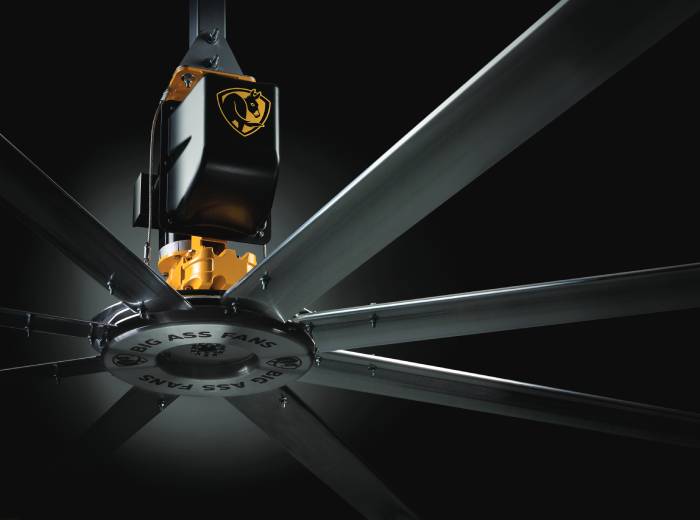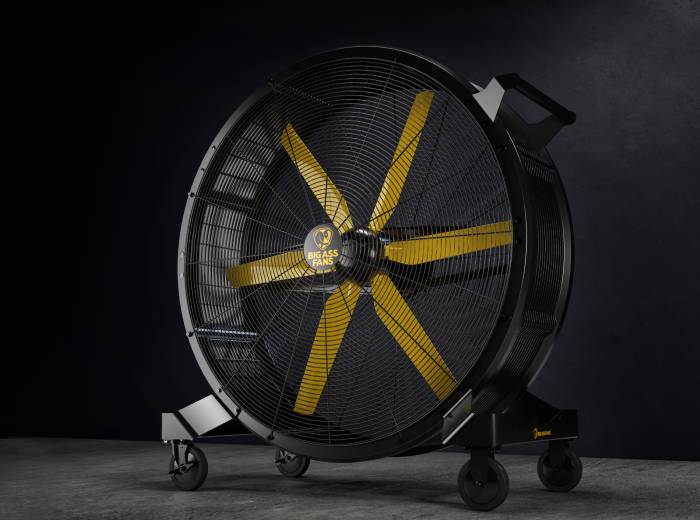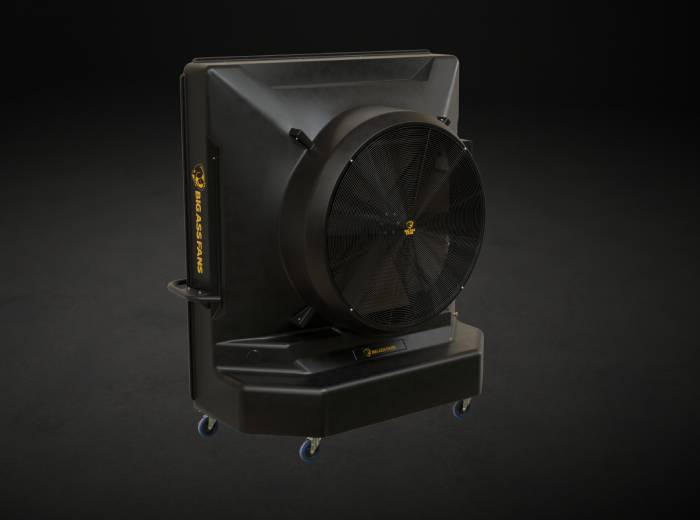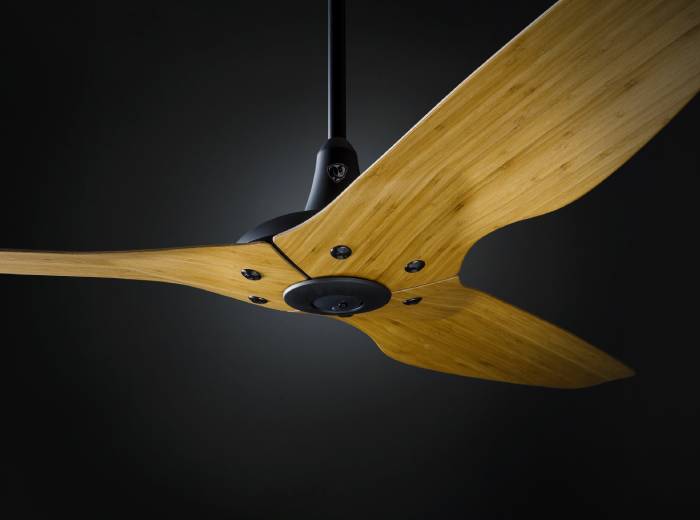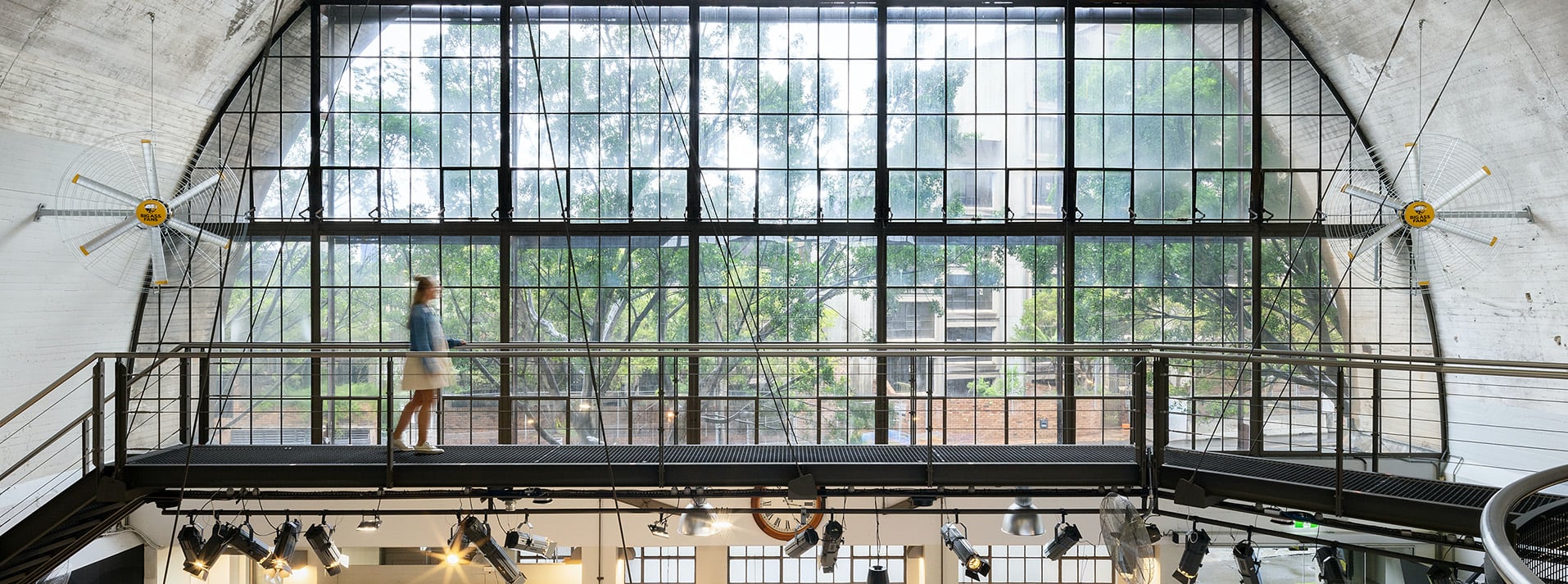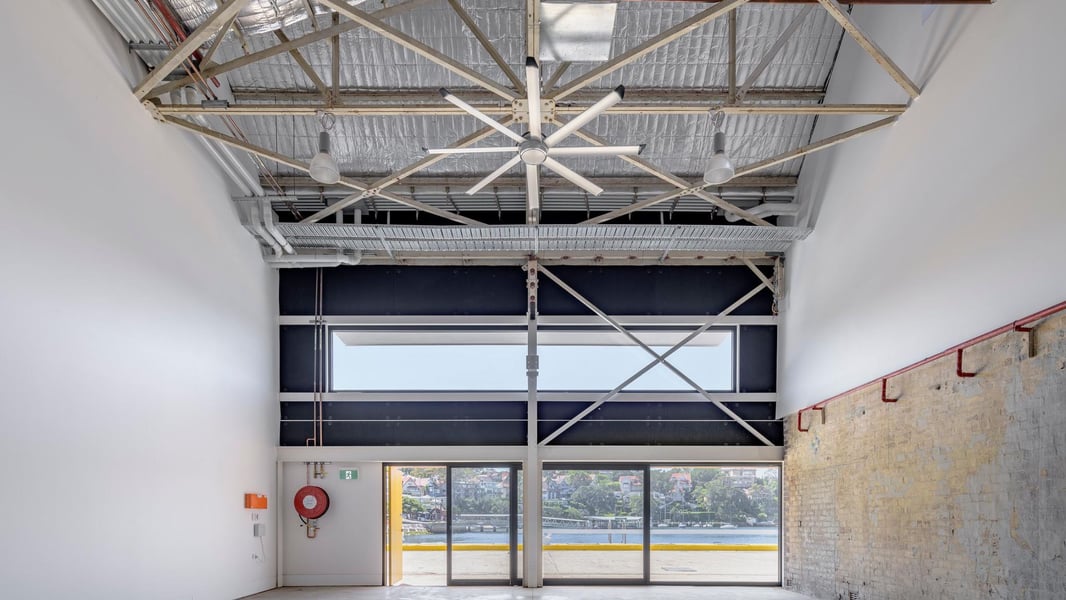
Breathing Fresh Air: Elevating Comfort and Ventilation with Innovative Fan Solutions
Since the start of the COVID-19 pandemic, ventilation in public spaces has been a hot-button topic. While not new science, the concept of introducing fresh air to an indoor space has become even more relevant because COVID-19, like many other viruses, spreads via respiratory droplets or aerosols.
When outdoor air is introduced indoors, it reduces the aerosols, therefore decreasing the possibility of spreading viruses. Yet reducing the spread of COVID is just one of the many reasons a well-ventilated working space is necessary.
-3.png)
The purpose of ventilation in buildings is to provide healthy air for breathing and a comfortable temperature. In places like Australia, which sustain high temperatures and humidity, increasing a building's airflow is a simple but effective way to enhance everyday working conditions.
Fresh air is not typically distributed uniformly throughout a space. For instance, the most common configuration of HVAC systems places both the supply and return of air overhead, limiting air distribution and greeting built up stagnant air in certain areas. When fresh air does not passively move throughout the space, overhead fans can be used to evenly distribute fresh air to all occupants in the space.
Individuals working or spending time in buildings with poor ventilation, can contract a range of issues such as, concentration disorders, fatigue, headaches, shortness of breath, poor sleep, drowsiness, dizziness. Prolonged exposure to poor ventilation can cause long term health issues such as, chronic colds or respiratory infections, development of asthma or other lung diseases.
Proper ventilation has been found to reduce these issues. In fact, ventilation requirements are mandated by law in Australia, and change depending on the varied climate zones across the country.
The 2016 National Construction Code (NCC) states that in climate zones 1-3, which cover the majority of Australia, the minimum ventilation opening area must be 10% of the total floor area for a room to be deemed habitable. 4 However, with an overhead fan, the NCC allows the ventilation opening area to be reduced to 7.5% of the floor area.
Utilising the bi-directional airflow and elevated air speed of an overhead Big Ass Fan, designers can maximise a room’s natural ventilation, keeping employees and guests comfortable in the space. Meanwhile, a directional fan creates a one-way airflow pattern in the area in front of the fan, which is useful in a congested area where ceiling fans cannot be safely mounted.
Case Study: Paddy’s Market Sydney
At the iconic Sydney Markets, Paddy’s covers a vast amount of space with multiple vendors and a large amount of fresh produce, takeaway foods, seafood, meat and hundreds of categories of general goods.
In a congested and busy area, the covered open market often found themselves tossing away tonnes of fresh produce due to the stagnant air within the covered market. The stagnant air would cause inconsistent temperature and humidity levels, causing uneven ripening and quicker decay. Some of the fresh fruits and vegetables also emitted ethylene gas, which speeds up ripening, causing nearby fruits and vegetables to ripen much faster.
In an effort to extend the shelf life of the produce, Paddy’s Market engaged Big Ass Fans to find a solution to improve ventilation. Even though Paddy’s Market was naturally ventilated, it still experienced stagnant pockets of air that resulted in poor air quality and the build-up of gasses. Big Ass Fans noticed that fresh air did not passively move throughout Paddy’s Market, and recommended 5 large overhead fans (Powerfoil X3 range) to evenly distribute fresh air.
The new overhead fans easily de-stratifyed the air layers in Paddy’s Market, mixing the gases produced by the fruit and vegetables with the fresh air. This circulation aided in maintaining consistent temperature and humidity levels leading to extended shelf-life of produce and dramatically slowed down decay.
-2.png)
Take the guesswork out of workplace wellness
At Big Ass Fans, dilution is the solution to pollution. Even without an open window, our fans can improve airflow and air quality by providing that important balance between infiltration and exfiltration. As a result, air is circulated and thermal comfort level is improved.
Improving ventilation in industrial and commercial spaces has long been a goal for engineers, designers and architects. Big Ass Fans Airflow Experts have worked alongside countless building professionals to find natural ventilation solutions for healthier and more comfortable workplaces and higher productivity workforces.
With so many variables at play, data collection and an intensive study is required for each facility. Big Ass Fans offers SpecLab, a free, 3D visualization tool that gives you an expert recommendation for the most energy-efficient cooling for your space.
The personalised computational fluid dynamics (CFD) analysis helps you to verify your designs and visually see how your fan selection will impact the thermal comfort and air distribution of a space.

